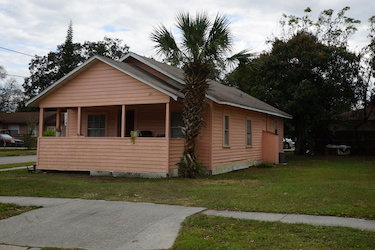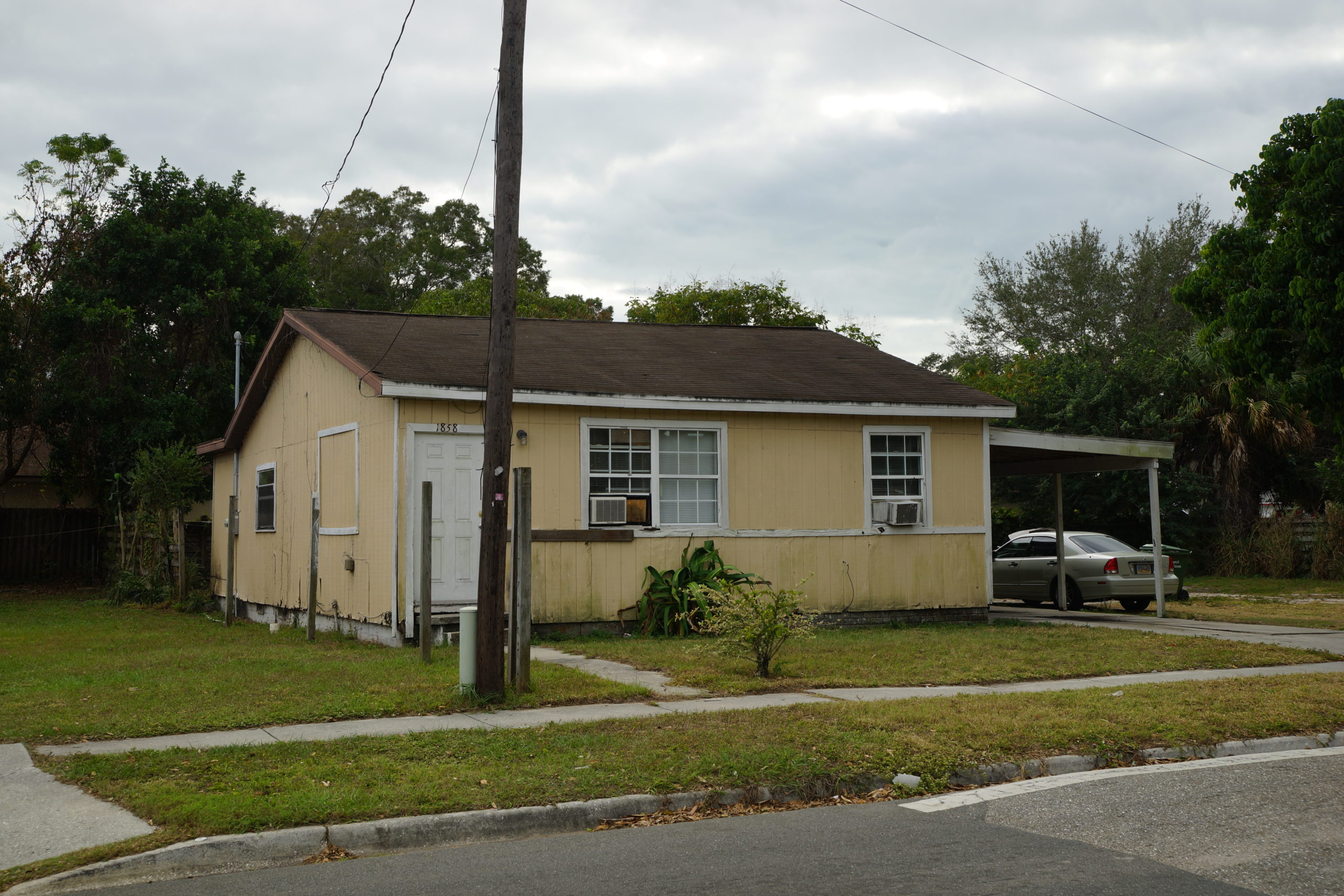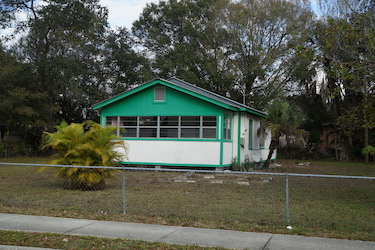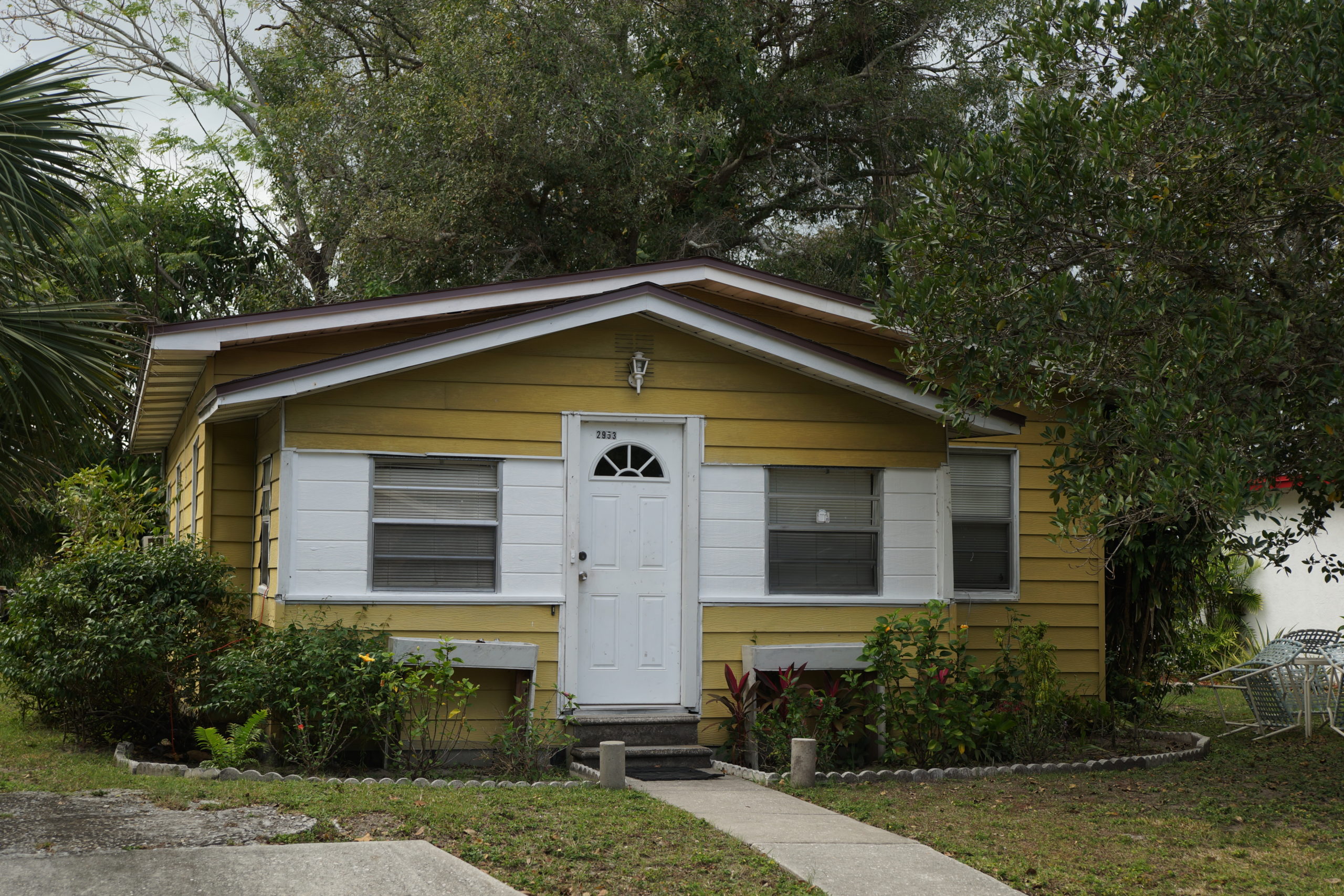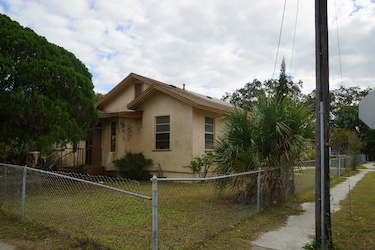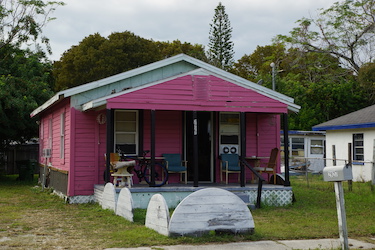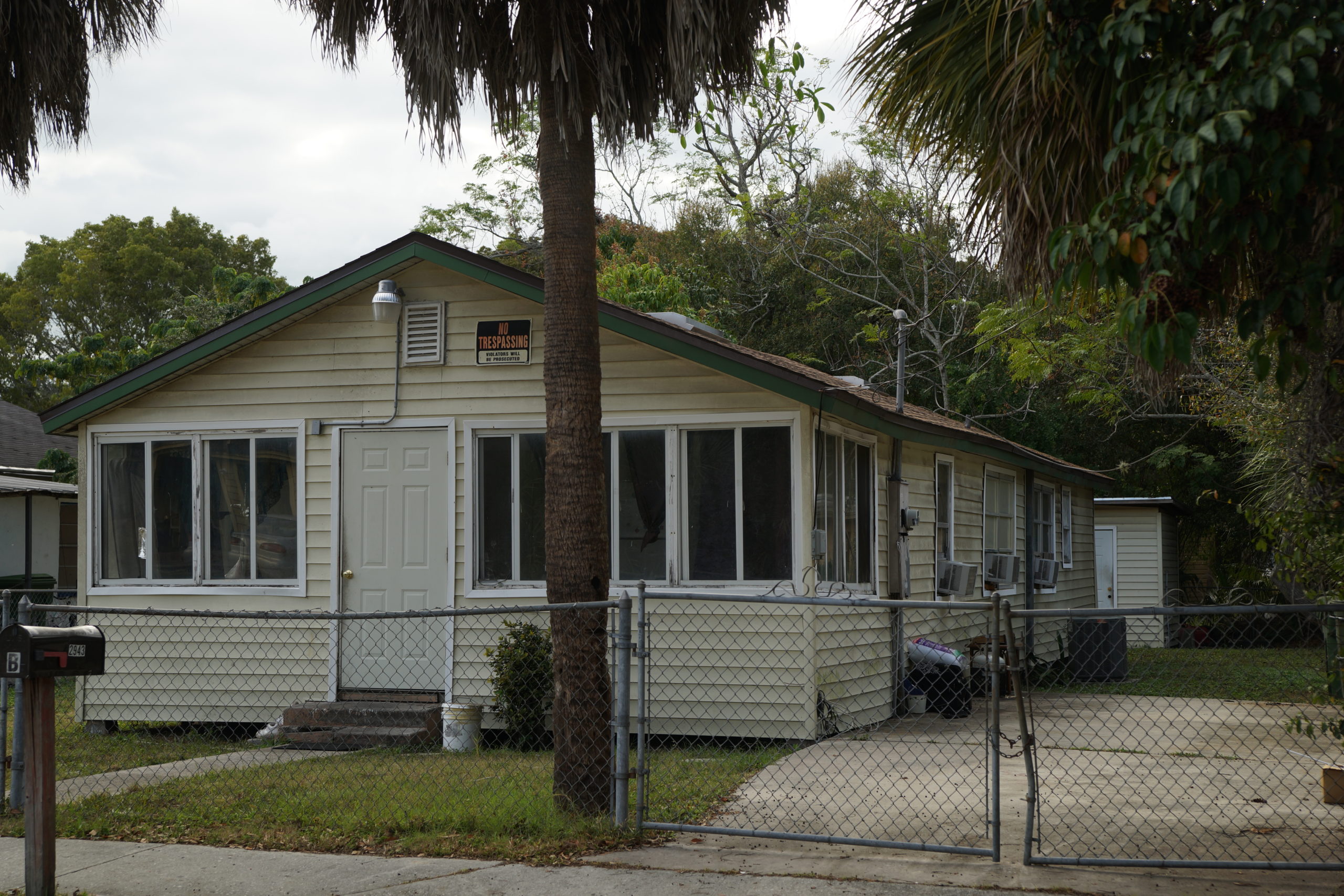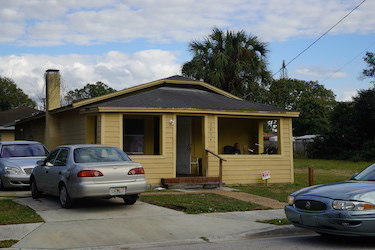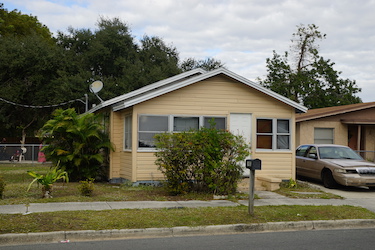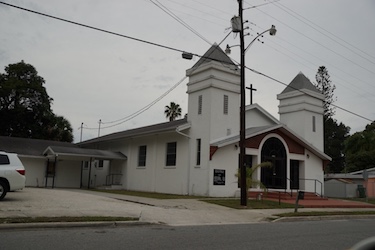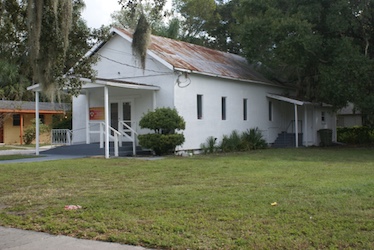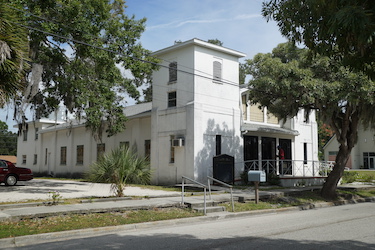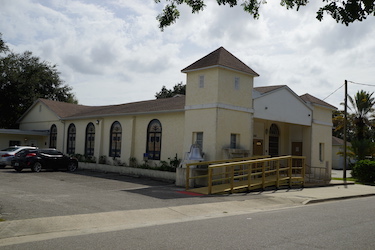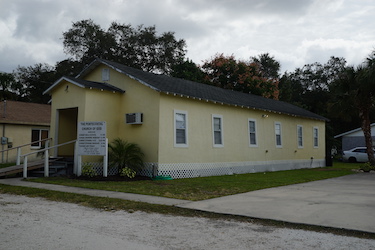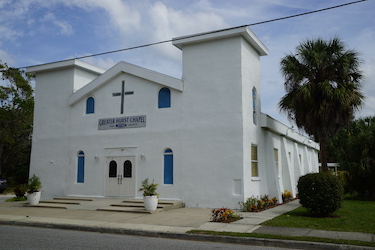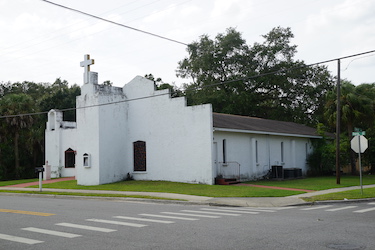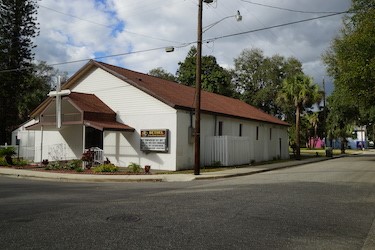
The Places of Newtown
Architecture
Newtown’s historic resources
Architectural historian Dave Baber and architectural preservationist Chris Wenzel analyzed structures in Newtown to identify all of the buildings of historical value.
Baber and Wenzel accessed the information generated from the latest site surveys of Newtown. The survey generated Florida Master Site File (FMSF) forms that were added to the overall listing for the City of Sarasota.
A windshield survey was conducted of Newtown. Every building was analyzed within the established boundary that met the criteria for historic designation either individually or as part of a district in the City of Sarasota historic designation program or the National Register of Historic Places.
Newtown has 150 historic resources and two potential historic districts according to Baber and Wenzel.
Historic Churches
There are churches scattered throughout the Newtown neighborhood. Collectively, they are an important community resource. Like the residential buildings in the neighborhood, they are vernacular buildings but with some simplified details referencing formal architectural styles such as Romanesque and Art deco.
Historic Districts
One of the outcomes of the analysis of the historic sites in Newtown was the determination of two potential historic districts, one in the heart of the original Newtown plat and the other in the Newtown Heights plat predominantly on Dixie Avenue. Both of these areas have a high enough concentration of historic buildings to meet the City of Sarasota’s criteria to be designated as a local historic district, if there is a will to pursue it in the neighborhood. There are benefits associated with buildings in historic districts – flexibility in the building code and the FEMA substantial improvements rule.
In 2002 the State of Florida released an analysis of the economic impacts associated with historic preservation within the State of Florida. This study was conducted jointly by The University of Florida, Frederic G. Levin College of Law and the Center for Urban Policy Research at Rutgers University. As a part of the study, 18 historic districts in 8 cities were compared to equivalent neighborhoods that were not historic districts. In no case, did property values in the historic districts decrease compared to the non-historic neighborhoods; and in 15 of the 18 historic districts, property values increased at a higher rate than the comparable non-historic neighborhood. An update of the study was released in 2010 with similar results.

